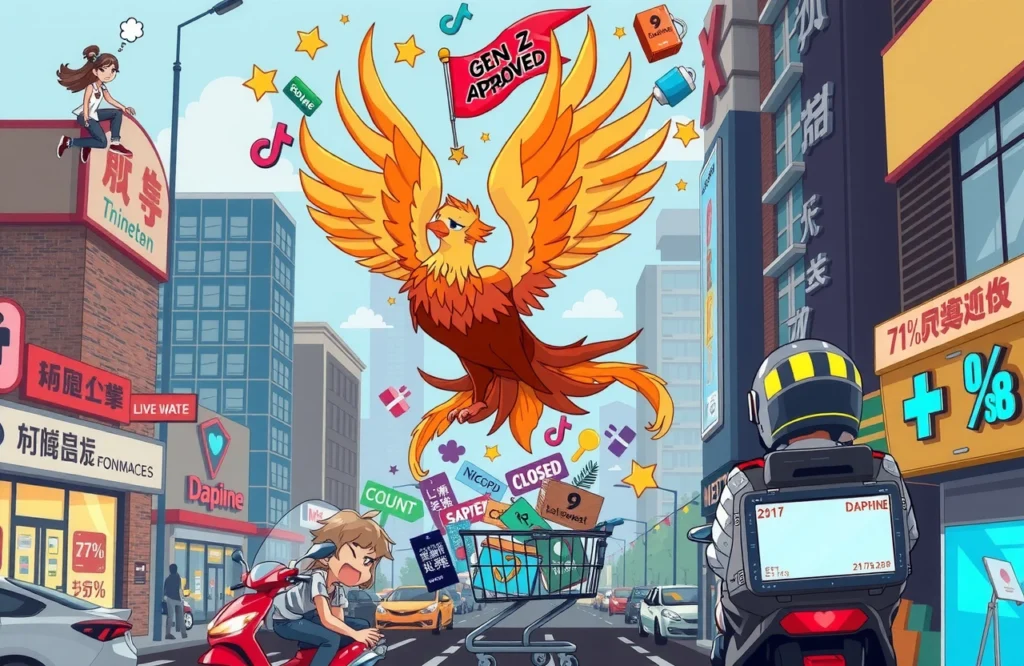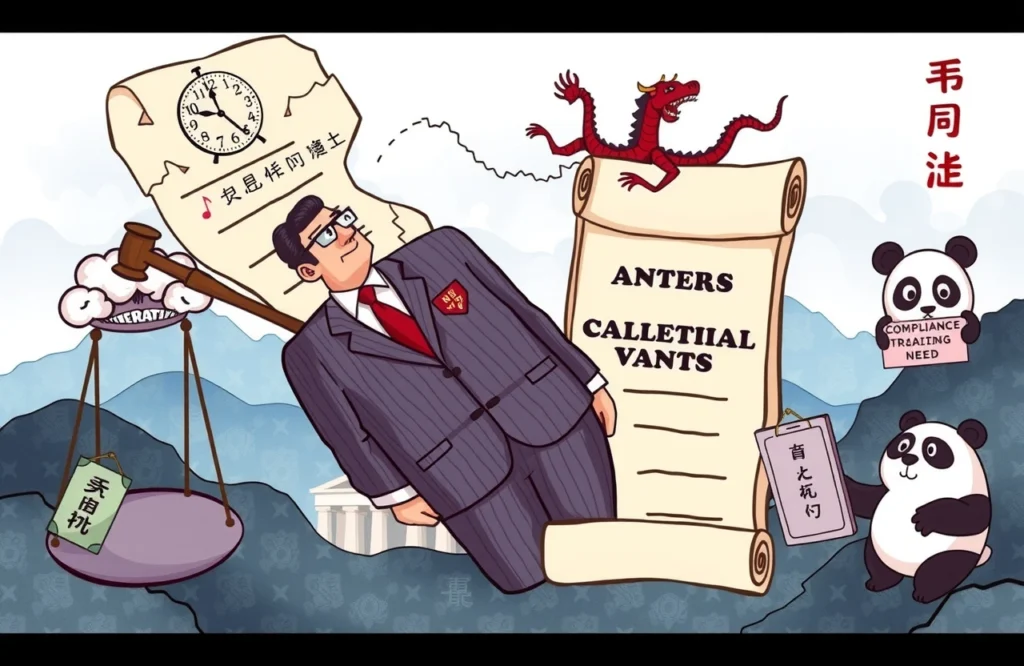The Humanoid Robotics Crossroads
China’s robotics landscape faces a reckoning as pioneers struggle to transform hype into sustainable business. UBTECH (优必选), the world’s first publicly listed humanoid robotics company, has seen its stock languish below IPO price despite a recent billion-yuan order bump. With 2024 revenues dominated by educational robots (27.8%) and consumer pet robots (37.5%), its flagship humanoids delivered just 10 units last year amid five-year cumulative losses totaling ¥5 billion. This alarming trajectory contrasts sharply with Unitree Robotics’ (宇树科技) ¥12 billion valuation sprint toward IPO – a capital-driven robot rush revealing deeper industry fragilities.
The timing raises critical questions: Why would investors back another robotics IPO when the sector pioneer bled ¥50 billion? Can Unitree’s promised technological edge overcome similar commercialization obstacles? And most importantly: Are we witnessing genuine innovation or capital-fueled speculation destined to repeat UBTECH’s pattern? The answers expose concerning truths about China’s high-tech investment priorities.
UBTECH: The First Mover’s Costly Lessons
Since its December 2023 Hong Kong debut at HK$90/share, UBTECH’s journey epitomizes the sector’s volatility. After briefly soaring to HK$328 in March 2024, shares plummeted amid Tencent’s dual sell-offs and painful financial revelations. Founder Zhou Jian (周剑) now faces market skepticism that questions robotics’ entire business viability.
Financial Realities Versus Promises
The company’s 2024 financials showcase dangerous dependencies:
- – Education robotics generated barely ¥278 million
- – Consumer products face commoditization pressure
- – Humanoid division produced ¥35 million revenue – insufficient to offset R&D burn rates
- – Cumulative ¥5 billion losses since 2019
Zhou Jian’s projection of “hundreds” of 2025 deliveries appears feeble against Unitree’s 1,500-unit 2024 output and rival Zhiyuan’s production capacity. Worse, Tencent’s retreat signals influential capital withdrawing from the founding pioneer.
The Lock-in Trap
UBTECH’s struggles stem from foundational strategic errors:
- – Prioritized expensive exhibitions over scalable use cases
- – Developed proprietary systems incompatible with industrial standards
- – Failed to identify workflows justifying humanoids’ premium cost
This locked the company into a capital-intensive showcase model without commercial pathways. Anthropomorphic demonstrations generated media buzz but couldn’t answer investors’ simple question: Who pays for these and why?
Unitree’s Valuation Mirage
Unitree Robotics’ ¥12 billion IPO push coincides suspiciously with UBTECH’s struggles, feeding suspicions about its underlying fundamentals. The company vaulted into prominence through carefully staged marketing culminating in 2025’s CCTV Spring Festival Gala performance.
The Performance-Reality Gap
Unitree’s valuation surge masks significant technological and commercial gaps:
- – Dance routines rely on pre-programmed sequences, not adaptable AI
- – UnifoLM model remains proprietary with no commitment to publication
- – Goldman Sachs analysis identifies critical task-completion limitations
- – Patent portfolio leans heavily on design/utility claims (80%) versus breakthrough inventions
Commercial realities appear equally troubling. Unitree’s flagship G1 humanoid (priced at ¥99,000) sold just 93 JD.com units – primarily to developers and exhibition organizers rather than productive enterprises.
Capital Rather Than Demand
The valuation narrative relies on belief rather than metrics:
- – Tencent/Alibaba/China Mobile fueled half-year valuation spike from ¥8B to ¥12B
- – Existing shareholders blocked ¥7B investment round to force higher pricing
- – Quadruped robots (Unitree’s bestseller) serve niche industrial inspection roles
- – No disclosed partnership justifies capacity claims
This capital-driven robot rush prioritizes exit timing over industrial maturation. As UBTECH’s struggles demonstrate, market patience lasts only until financial realities surface.
The IPO Escape Hatch
Unitree’s accelerated IPO timeline – completing corporate restructuring in May 2025 and racing toward Q3 listing – reflects mounting investor pressure. Sources indicate decrees from existing stakeholders: “IPO or collapse.”
Secondary Market Signals
Multiple indicators reveal an exit frenzy:
- – Secondary share sales promised “10x returns” via broker marketing
- – June share placements avoided pre-IPO lockup rules requiring 3-year holds
- – Stakes reportedly sold within days as funds sought exposure
- – Erosion in robot leasing costs: Per-day rentals collapsed from ¥10,000 to ¥2,000 post-CCTV hype
Financing documents seen by analysts reveal unit economics requiring mass adoption: Each G1 unit must replace ¥300,000 annual labor costs to justify investment – yet no deployments approach this productivity level.
VC Retreat Begins
Gobi Partners’ Zhu Xiaohu (朱啸虎) recently acknowledged reducing robotics exposures “because valuations disconnected from reality.” This retreat from sector pioneer UBTECH raises questions about Unitree’s backers:
- – Will heavyweight investors stay post-lockup?
- – Does ¥12B valuation allow new capital profit-taking?
- – Could analyst coverage expose operational shortcomings?
Meanwhile, UBTECH’s Tencent departures established a troubling blueprint: launch weak, hype potential, exit before scrutiny.
Mirrored Narratives, Expanding Bubble
Parallels between UBTECH’s pre-IPO positioning and Unitree’s current narrative reveal copycat strategies:
- – Ambitious claims: Both marketed household potential despite unresolved safety issues
- – Therapeutic optimism: UBTECH cited eldercare applications, Unitree promises agricultural uses
- – Policy tailwinds: National Bureau reports 35.5% YoY industrial robot growth attracting momentum plays
- – Ignored competitors: Boston Dynamics, Tesla Optimus advancing while Chinese players chase listings
The critical divergence emerges in valuation scope. UBTECH commanded HK$38B (¥34.5B) at peak versus Unitree’s pushed ¥12B demand – stronger growth premise despite weaker patent protections?
No Lessons Learned
Unitree leadership displays remarkable UBTECH-style brinksmanship:
- – Founder Wang Xingxing (王兴兴) admits “safety challenges outpace technical solutions”
- – Scaling plans rely on venture financings rather than contracted demand
- – Partners report leasing cancellations due to limited task functionality
Morgan Stanley’s projected “four-year Chinese robotics market doubling” justifies capital chasing without addressing unsustainable unit economics. Operational discipline takes backseat when capital-driven robot rush momentum builds.
Beyond the Funding Frenzy
The robotics sector requires patient capital willing to bridge technological capability and market readiness gaps. Current IPO races prioritize private return over public progress – threatening entire industry credibility.
Three pathways forward merit investor consideration:
- – Prioritize component specialization over full-system showcases
- – Pursue partnerships with manufacturers to embed robotics
- – Structure revenues around performance-based outcomes
Without fundamental recalibration, Unitree risks becoming UBTECH 2.0 – another cautionary tale about premature scaling. For robotics to advance meaningfully, capital must embrace constructive patience over casino-style listing gambits.




